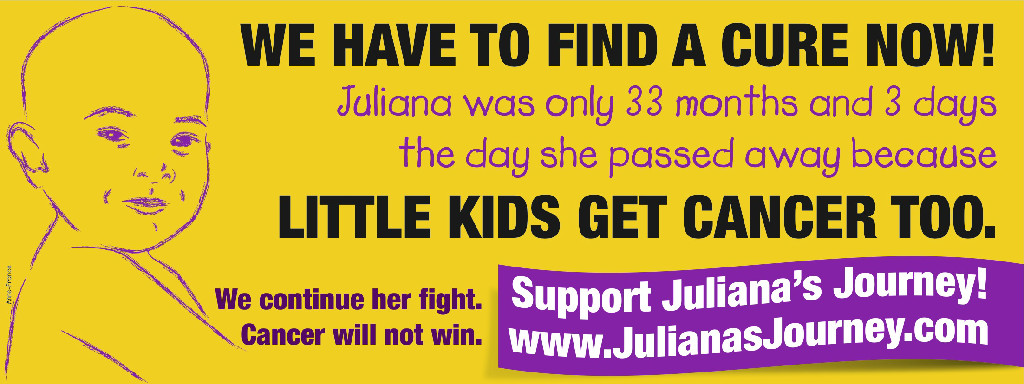
Why would I enroll my child in a clinical trial?
Through clinical trials, medical experts evaluate the safety and effectiveness of new therapies and diagnostic tools for neuroblastoma. Clinical trials can also help doctors compare the effectiveness of different aspects of your child’s care, or determine the causes of neuroblastoma.
If your child is eligible to participate in a clinical trial, he or she may have access to new therapies that are not yet available elsewhere. Clinical research teams are highly experienced in selecting children who are most likely to benefit from a particular investigational therapy. They can guide you through the process of choosing the most appropriate clinical trial for your child’s needs.
A smaller group of investigators specializing in neuroblastoma at 15 institutions comprise the New Approaches to Neuroblastoma Therapy (NANT) consortium. This group plans and offers phase I and phase II trials for refractory and relapsed neuroblastoma (see chart below for current NANT trials).
What are the differences between the phases of clinical trials?1
Clinical trials are conducted in a series of steps, called phases - each phase is designed to answer a separate research question. You may also click on each Phase to view more detailed information.
- Phase I: Researchers test a new drug or treatment in a small group of people for the first time to evaluate its safety, determine a safe dosage range, and identify side effects.
- Phase II: The drug or treatment is given to a larger group of people to see if it is effective and to further evaluate its safety.
- Phase III: The drug or treatment is given to large groups of people to confirm its effectiveness, monitor side effects, compare it to commonly used treatments, and collect information that will allow the drug or treatment to be used safely.
- Phase IV: Studies are done after the drug or treatment has been marketed to gather information on the drug's effect in various populations and any side effects associated with long-term use.
Non-therapeutic Clinical Trials
Non-therapeutic clinical trials generally fall into one of four categories:
- Biological studies—studies that examine the biology of tumor samples and identify prognostic variables;
- Epidemiological studies—studies that look for the causes of a type of cancer and the frequency with which it occurs;
- Cancer control studies—studies designed to find the best methods for dealing with side effects; and
- Late effects studies—studies designed to identify and deal with the after-effects of treatment.
Compassionate Use
Occasionally parents pursue “compassionate use” of “investigational new drugs” (INDs) from the FDA and manufacturers. Reasons for this may be that the drug is offered in an open study but the child does not meet eligibility criteria, or no study is currently open. The child’s oncologist, the principal investigator of the new drug, the manufacturer of the drug, and the FDA are all involved in getting compassionate use approved on a case-by-case basis. Approval is highly variable based on many factors.

46 children a day are diagnosed with cancer.
7 kids die every day from cancer.
Current NANT Consortium Clinical Trials that are entering patients.2
Click to get more information about each trial:
N2004-05: Neuroblastoma Biology Study
N2007-02: A Phase I Study Of Bevacizumab With Bolus And Metronomic Cyclophosphamide And Zoledronic Acid In Children With Recurrent Or Refractory Neuroblastoma
N2007-03: Vorinostat and MIBG in Recurrent or Resistant Neuroblastoma Patients
N2008-02: A Phase I Study of Vorinostat in Combination with 13-Cis-Retinoic Acid in Patients with Refractory/Recurrent Neuroblastoma.
N2009-03: Phase I/II study of MLN8237 in combination with Irinotecan and Temozolomide for patients with relapsed or refractory Neuroblastoma.
N2011-01: Randomized MIBG: 131I-MIBG Alone vs. 131I-MIBG with Vincristine and Irinotecan vs. 131I-MIBG with Vorinostat
N2011-04: Lenalidomide, Anti-GD2 Mab Ch14.18 and 13-Cis-Retinoic Acid in Recurrent or Resistant Neuroblastoma Patients
N2012-01: DFMO, Celecoxib with Cyclophosphamide and Topotecan for Patients with Relapsed or Refractory Neuroblastoma
Juliana's Journey Foundation
P.O. Box 246 • South San Francisco, CA 94083-0246 USA
Content copyright 2012-2014. JULIANASJOURNEY.ORG. All rights reserved.
